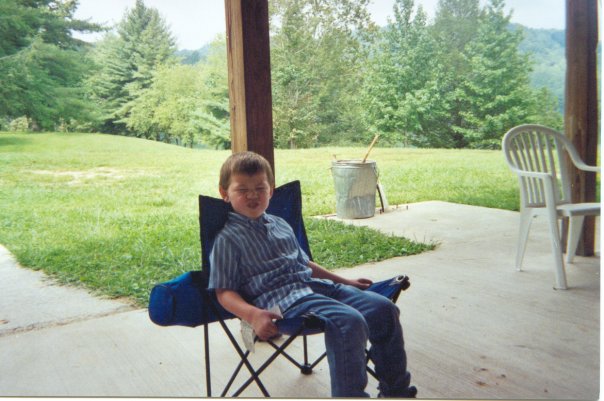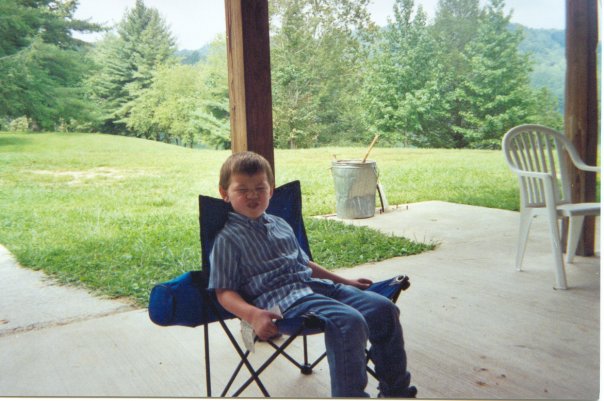
Life with an autistic child happens in stages. And thankfully so! If we, as their parents, had to undertake every single aspect all at once, we might not be able to shoulder the weight and escape with our sanity. Thankfully, each stage presents its own challenges and once they are met and managed, they are left behind, allowing us to deal with the next.
The first stage – in reality, a precursor to autism – is knowing that something is wrong. This usually happens when the child is between the ages of 2-4 years and presents early as a developmental delay or missed mile-marker. Depending on what resources and facilities are available in your area, this stage can sometimes be a very long one.
A great many parents first receive a diagnosis of PDD-NOS – pervasive developmental disorder, not otherwise specified. During this stage, there will be a great deal of tests as well as a great deal of frustration. There may even be cases where well meaning teachers or medical professionals may accuse a parent of some type of negligence. Keep records of everything during this time.
The next stage is diagnosis. It is at this time you will find out what level of autism your child has. Since autism is a spectrum disorder, there is a wide range of possibilities from severe autism, where the child does not speak or make eye contact, to high-functioning autism, which means the child may not even appear to have a disability to anyone who does not know them.
At this point in life with autism, a parent will want to explore many options including education, therapy, counseling, medication, in-home helps, assistive technology and a barrage of other resources that are available. It is extremely helpful to have at least one professional who can help you during this time, and the more personal support you have, the better.
Once you have received a diagnosis and have a set of helps in place, the next step is to adjust to life with an autistic child. There may be things in your home that require a certain structure and your daily schedule will probably be planned from sunup until sundown.
Structure is incredibly important to an autistic child, and this need is one of the most pressing. If the child has siblings, now is a good time to draw them into the situation. They may need some structured help of their own, especially if they are older, including counseling or at least someone with whom they can speak. Siblings sometimes feel that the autistic child is getting more attention and can present behaviors of an attention-seeker.
After the settling in has subsided and you are living life with your autistic child, there are sure to be constant changes. The struggles a child has in elementary school will not be the same once they reach middle school. Then, as they inch towards high school, paperwork changes and the school has to consider, by law, a least restrictive environment. They are then included into as many regular classes as they can be and still receive what they need as a disabled child.
As graduation draws near, you will then have to think about a laundry list of new challenges. Vocational rehabilitation, adult services for disabled persons, and future living arrangements are all new topics that will come into play.
Every stage comes and goes. You deal with each, one at a time, and you will get through it. Probably one of the most important things to keep in mind at any stage is not to forget to take care of you. For them.
Do you have a story to share with our readers? We want to hear it! Sign up for our Spoke Contributor Network and start submitting your writing today.











